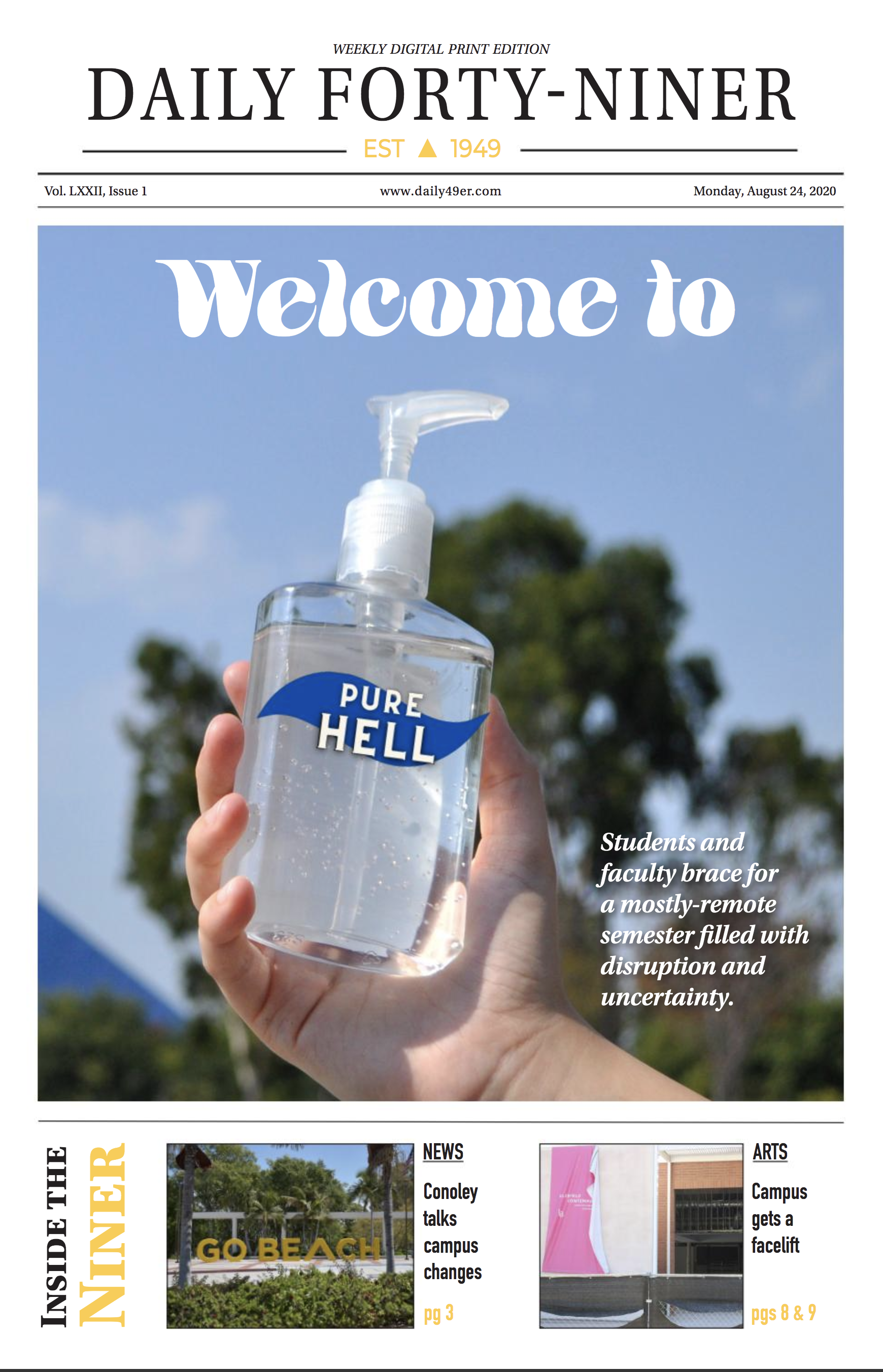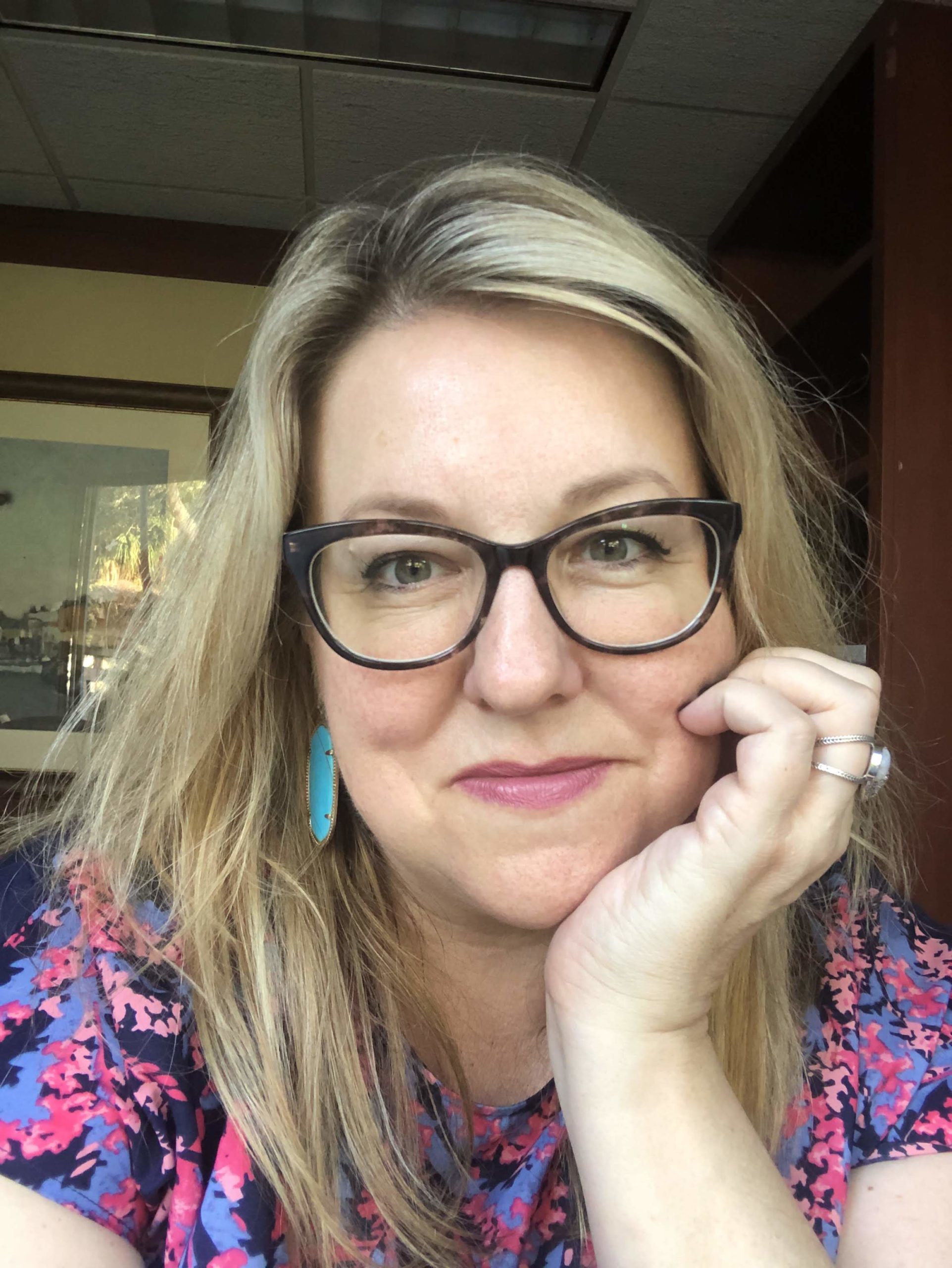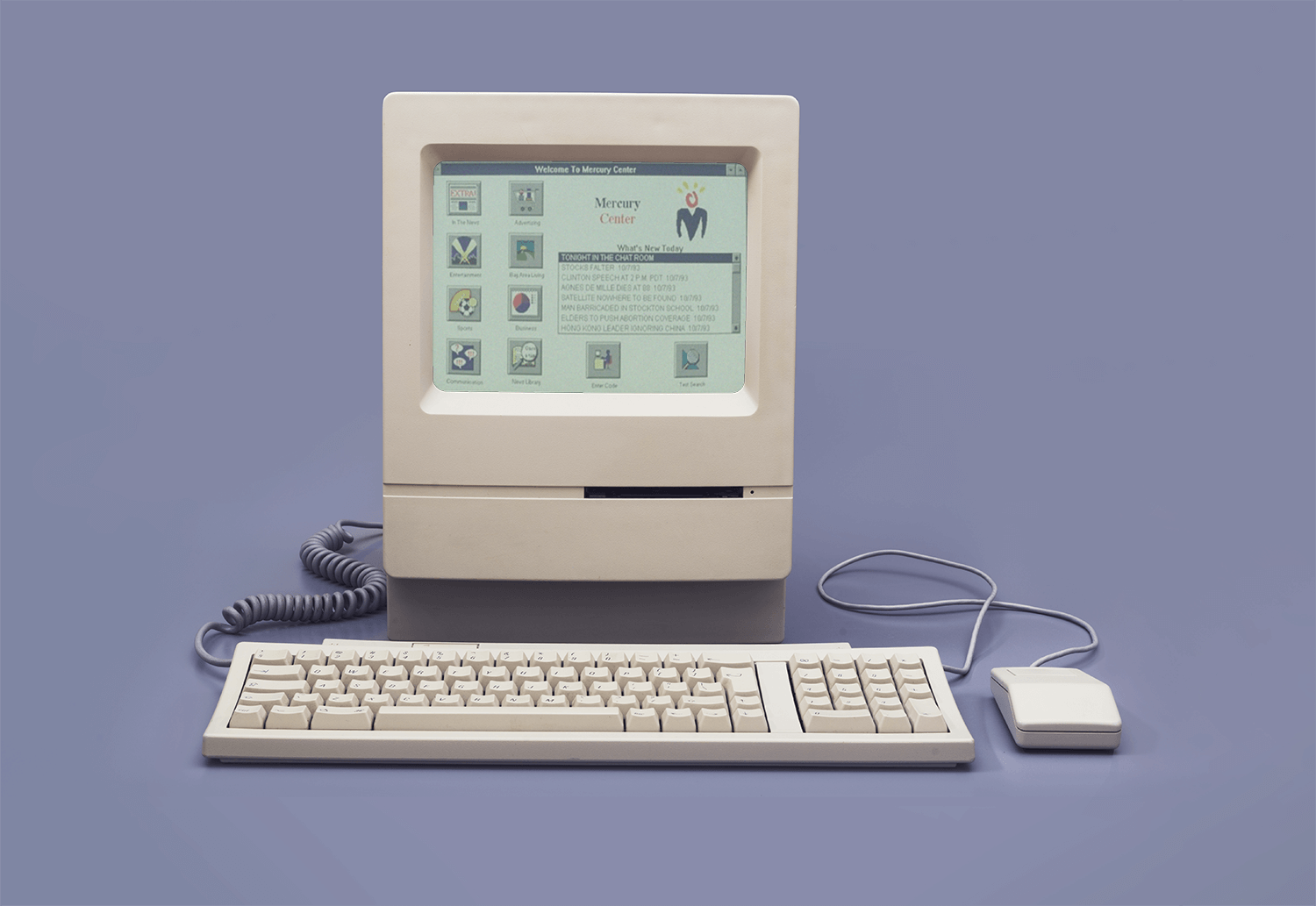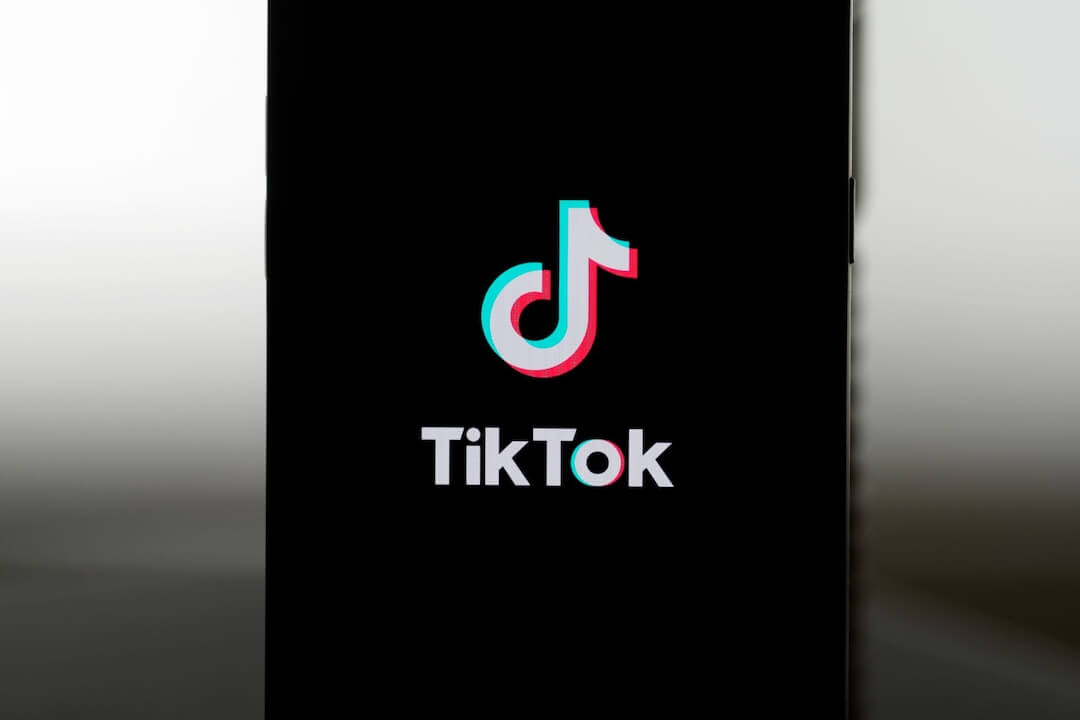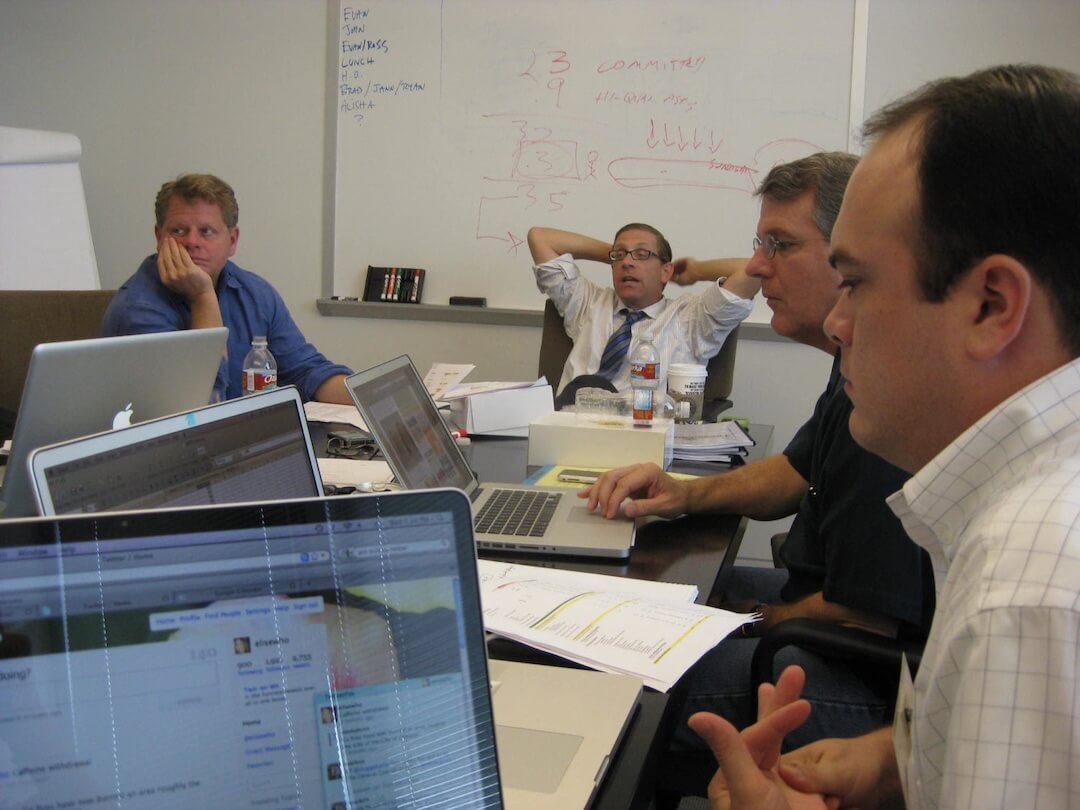Alma Matters is a Poynter newsletter designed to provide ideas, news and insight to those in the journalism education community. Subscribe here to get Alma Matters delivered to you.
Student media is having its day
I was wrapping up my newsletter last week when the student paper at Notre Dame/St. Mary’s/Holy Cross published a front-page editorial asking the administration not to “make us write obituaries.” That came just after the Daily Tar Heel launched the most acceptable f-bomb headline in recent history. (They are done talking about this, by the way, hoping that everyone else focuses on the actual problem of COVID-19 on campus.)
News outlets across the country this week picked up the student-media-as-watchdog narrative, and it was a real lift for many of us in the journalism education community to see our student newspapers lauded by national media.
National media were all over the UNC story, including The Washington Post, while CNN talked to the Notre Dame students. NPR highlighted the work at UNC, the University of Kansas and the University of Texas in its piece ‘We’re Living The News’: Student Journalists Are Owning The College Reopening Story. And Axios’ Student media sounds alarm on unsafe university reopenings name-checked the work of student media at Penn State, Syracuse and Oklahoma State.
(And though it’s not exactly related, did you see that The New York Times is now tracking college outbreaks in a new interactive?)
I saw mentions of this University of Alabama Crimson and White editorial, No, President Bell, we won’t be your PR and The Daily Mississippian’s front-page editorial, “Are we ready? Hell no.” And here’s the cover page of the virtual Daily Forty-Niner at Cal-State Long Beach:
As we face another challenging week in higher ed, let’s not forget the important role that student journalists play in American democracy. While they serve as university watchdogs, they are also learning skills and habits they’ll carry with them into professional careers (in journalism and elsewhere). As educators, let’s support them with praise but challenge them to rise to this unusual occasion by investigating higher ed, ensuring diverse voices and holding powerful people accountable for their actions.
This isn’t going to go over well
In the bonkers section of today’s news, University of Alabama orders faculty to keep quiet about outbreak. Really?! Who else out there was ordered to do this?
New resource
A couple of newsletters back, I listed all the places I could find for reliable information related to the pandemic and coronavirus. Here’s another very interesting source for you to pass along to your student journalists or suggest in assignments. Documenting COVID-19 is a “repository of searchable documents related to the COVID-19 pandemic obtained through state open-records laws and the Freedom of Information Act” (story ideas alert!). Created by the Brown Institute for Media Innovation, a collaboration between Stanford University’s School of Engineering and Columbia Journalism School, the project is ongoing and also looking for collaborators.
This week’s highlights
- This is a sweet read: Without Journalists, My Mom Often Said, “We Just Would Not Know.” (Mother Jones)
- For the next time you’re arguing about fake news with your parents … Poynter’s MediaWise for Seniors is now accepting applications!
- My college reopened. Now I’ve got COVID-19, along with nearly 500 other students. (The Milwaukee Journal-Sentinel)
- The Secret Weapon of Good Online Teaching: Discussion Forums — Six ways to lead meaningful class discussions in an asynchronous online forum (The Chronicle of Higher Education)
- Telling stories about crime is hard. That’s no excuse for not doing better. (CJR)
Poynter help for TV journalism educators
This week, Poynter launched the TV News Toolbox for Teachers, a series of 38 microlearning activities organized into eight lessons. From the course page: “If you teach broadcast journalism, you’re always looking for powerful clips to show your students and spark meaningful conversations about the craft. …Now you can bring duPont, Peabody and national Emmy award-winners from local and network news into your classroom … Watch stories together as a class and then engage students in the discussion questions provided. Share behind-the-scenes moments with the storytellers to bring the lesson full circle.
The course is $75 and enrollment is now open.
Parting thoughts
As I mentioned last week, I’ve spent much of August in intense virtual training with students running college newspapers all over the country. One of the activities I have them do is to reflect on a person in their lives who demonstrated a value we consider intrinsic to journalism (truthfulness, curiosity, tenacity). Over and over and over, without prompting, these students namecheck two groups of people: their parents and their journalism professors/advisers.
You are making a difference. They are listening. They care what you have to say, and they are modeling themselves after your example. In spite of these hard times, please know that the students you’re working with daily — whether they will ever express this to you or not — rank you as high as their parents as mentors and values-bearers. I just thought you’d want to know that. Hang in there — we are all in this together.
Like most Gen Xers I know, I don’t excel at the self-care portion of the show, but I’m taking some time off and enjoying the Labor Day holiday. My next newsletter will be Sept. 13. (That’s some serious breaking news, I know, but smart newsletter people told me I should let you know.)
Barbara Allen is the director of college programming. She can be reached at ballen@poynter.org or on Twitter, @barbara_allen_


